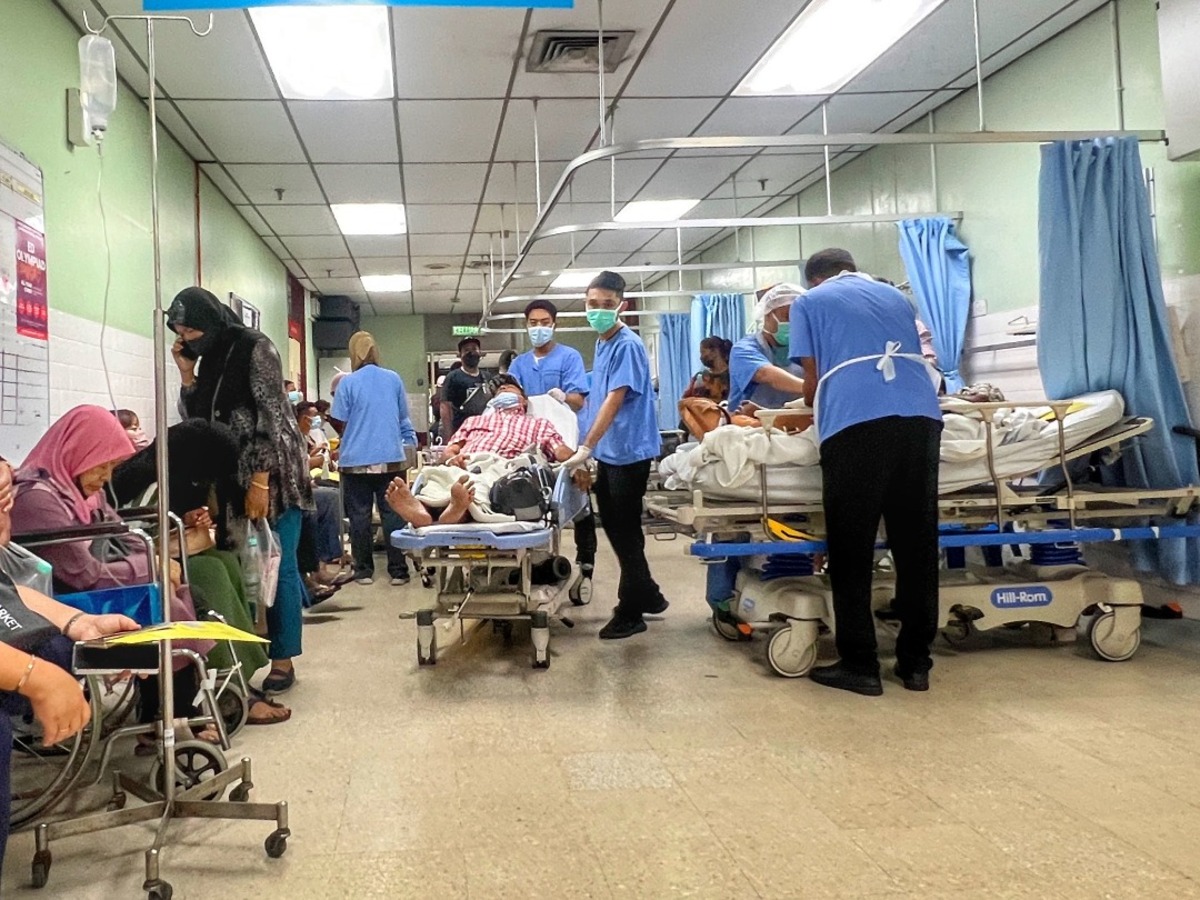KUALA LUMPUR, March 16 – The Ministry of Health (MOH) has been struggling to meet its key performance index (KPI) for emergency medical services due to staff and ambulance shortages.
Health Minister Dr Zaliha Mustafa said staff members in emergency and trauma departments (ETD) are expected to perform multiple tasks and cannot dedicate themselves to a single area of responsibility.
This has made it difficult for the MOH to establish a dedicated team for pre-hospital and ambulance services, as there are insufficient personnel to support such an initiative.
“Most assistant medical officers in the ETDs of all MOH hospitals are currently required to multitask. This means that the department is unable to have a dedicated team to provide pre-hospital treatment and ambulance services.
“The existing workforce cannot be solely allocated to this task, as they are also assigned with other clinical responsibilities in the ETD,” Dr Zaliha said in response to first-term Gopeng MP Tan Kar Hing’s question on why the MOH failed to achieve its KPI for its ambulance services during a special chamber session in Parliament yesterday.
Dr Zaliha not only attributed MOH’s inability to meet its KPI to a shortage of staff, but also a shortage of ambulances. The health minister said that in order to ensure seamless pre-hospital treatment services, MOH needs 1,100 ambulances, but the ministry has only managed to procure 590 ambulance units.
“The ambulances in the MOH are not only used for emergency responses but also for inter-facility transfers and disaster medicine activities. The shortage of MOH ambulances is also due to the need to decommission many of them,” Dr Zaliha explained.
“Due to these issues, ambulance services are currently more centralised in hospitals. Ambulances stationed at hospitals will only respond to and move from the related hospital to the scene of the incident.”
Tan also raised concerns about the delays in providing ambulances to the Gopeng and Gunung Rapat health clinics (klinik kesihatan), which have been facing ambulance shortages since 2019 and have had to rely on volunteer ambulances for emergency cases.
He pointed out that the two health clinics are located near a highway and receive the highest number of accident patients in Ipoh.
According to Tan, he met with the Perak State Health Department in February 2020 to discuss these issues, and was assured that the distribution of ambulances to these clinics would be a priority for the government. However, to date, no ambulances have been provided.
In response to the question, Dr Zaliha said that the Gopeng health clinic currently has only one ambulance, which is currently under repair and is expected to be operational by April. Meanwhile, Gunung Rapat health clinic’s only ambulance was decommissioned in 2018 as it was no longer economically feasible to repair.
The health minister informed Tan that the MOH has procured 590 new ambulances that will be distributed to MOH hospitals and clinics nationwide in stages. Dr Zaliha informed the Gopeng MP that both clinics are slated to receive one ambulance each in 2024.








